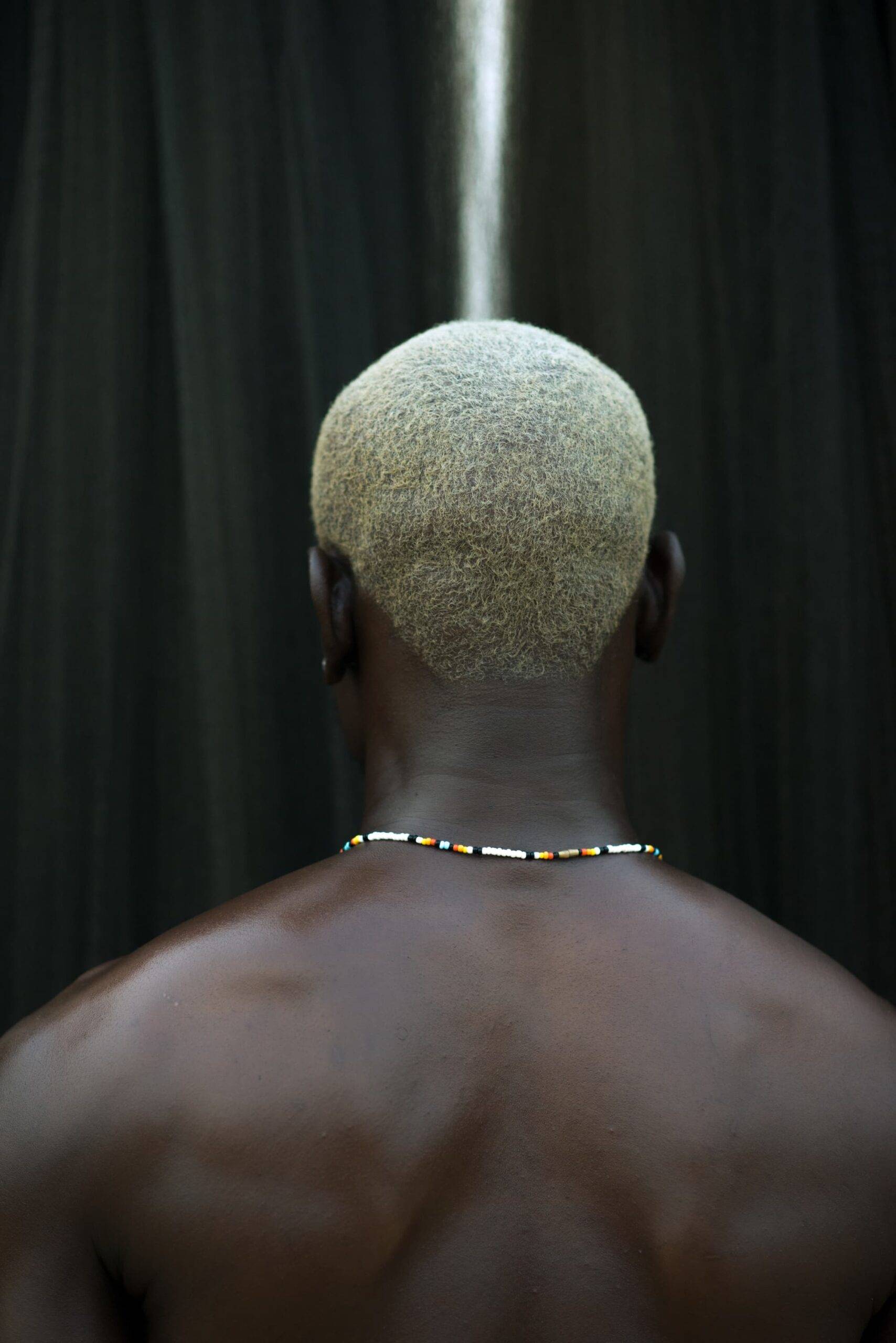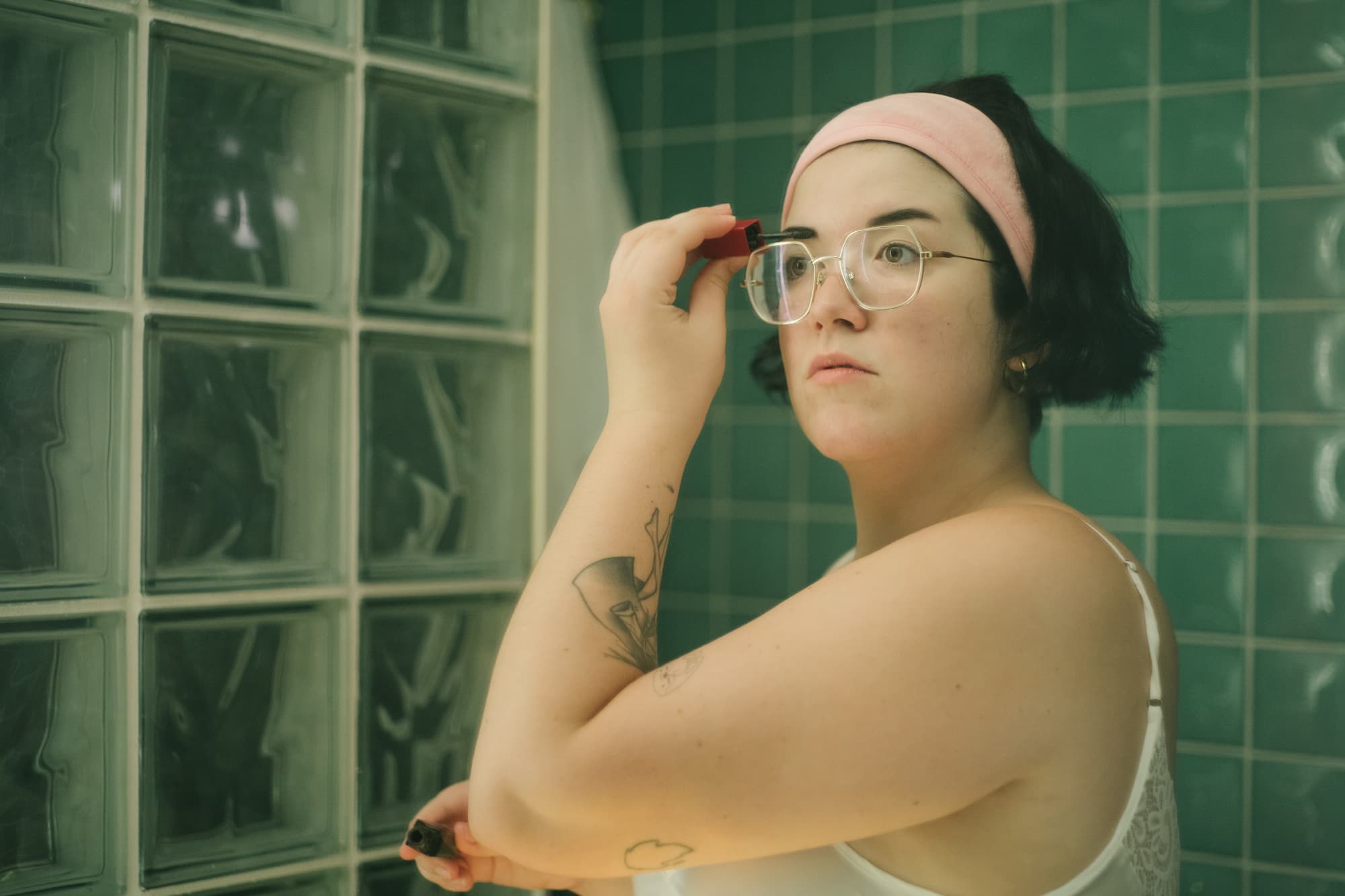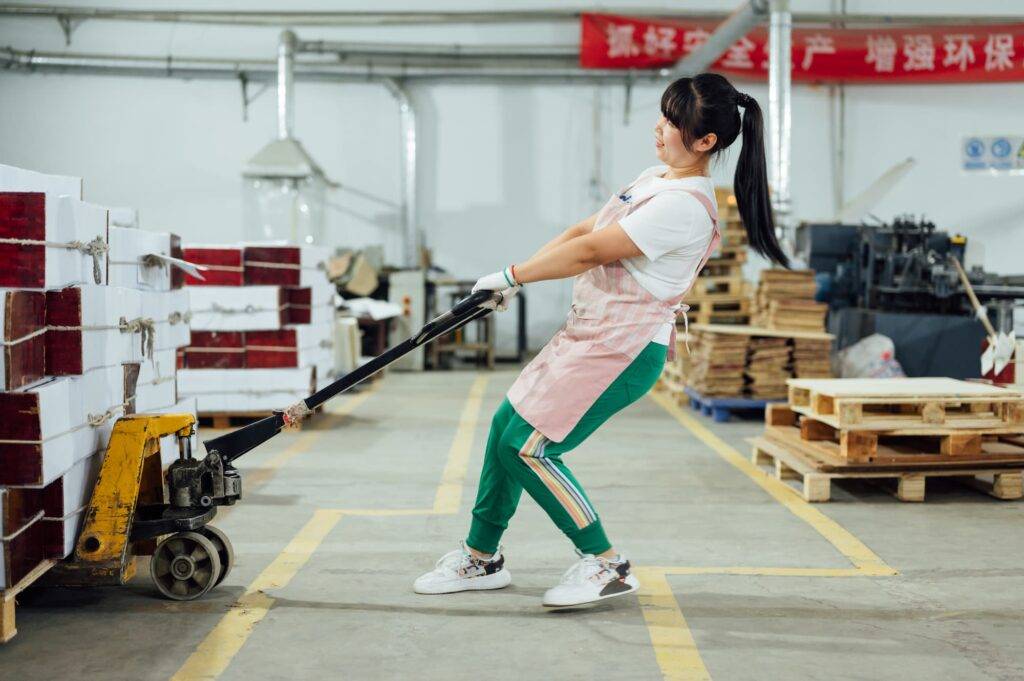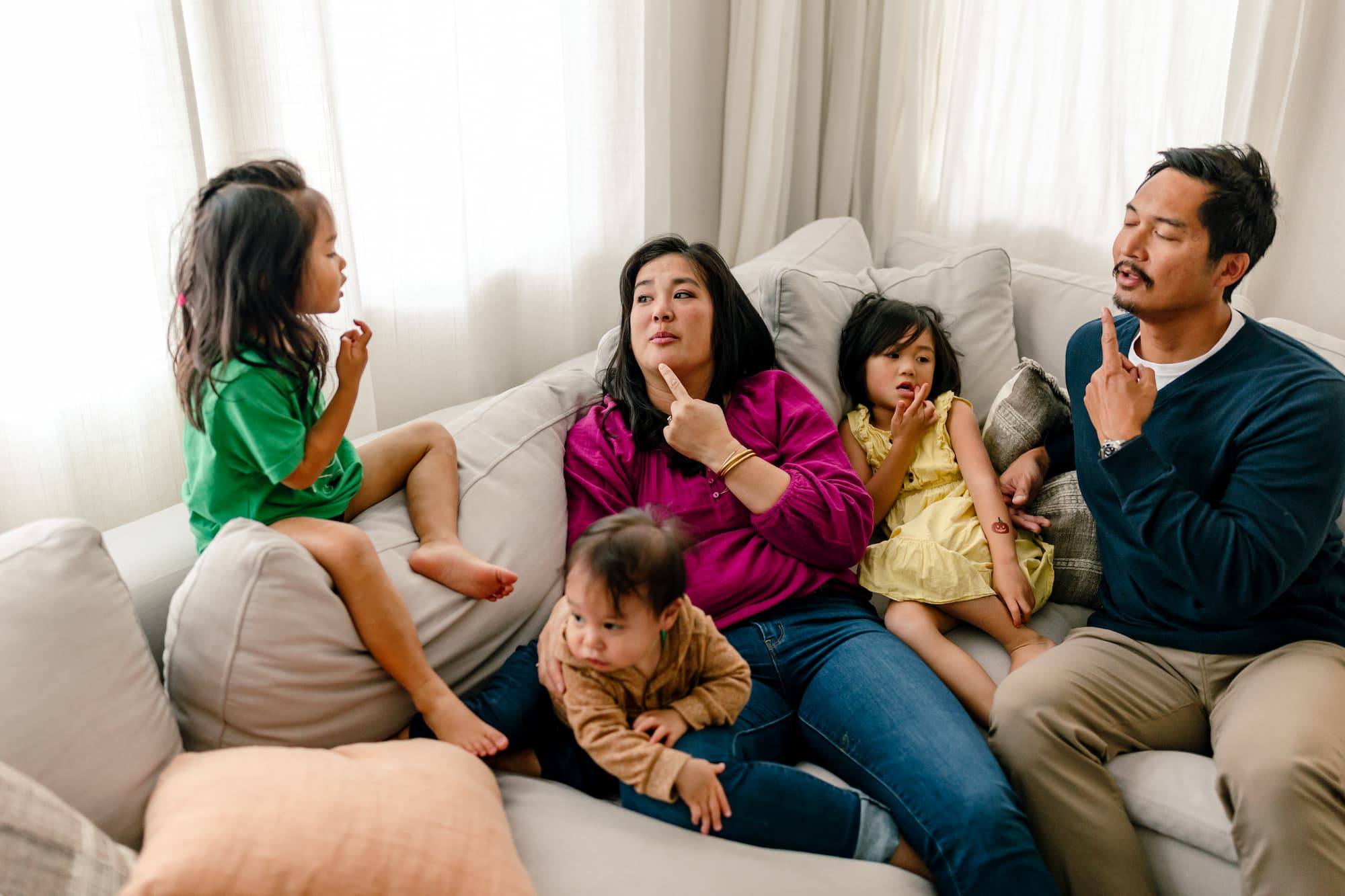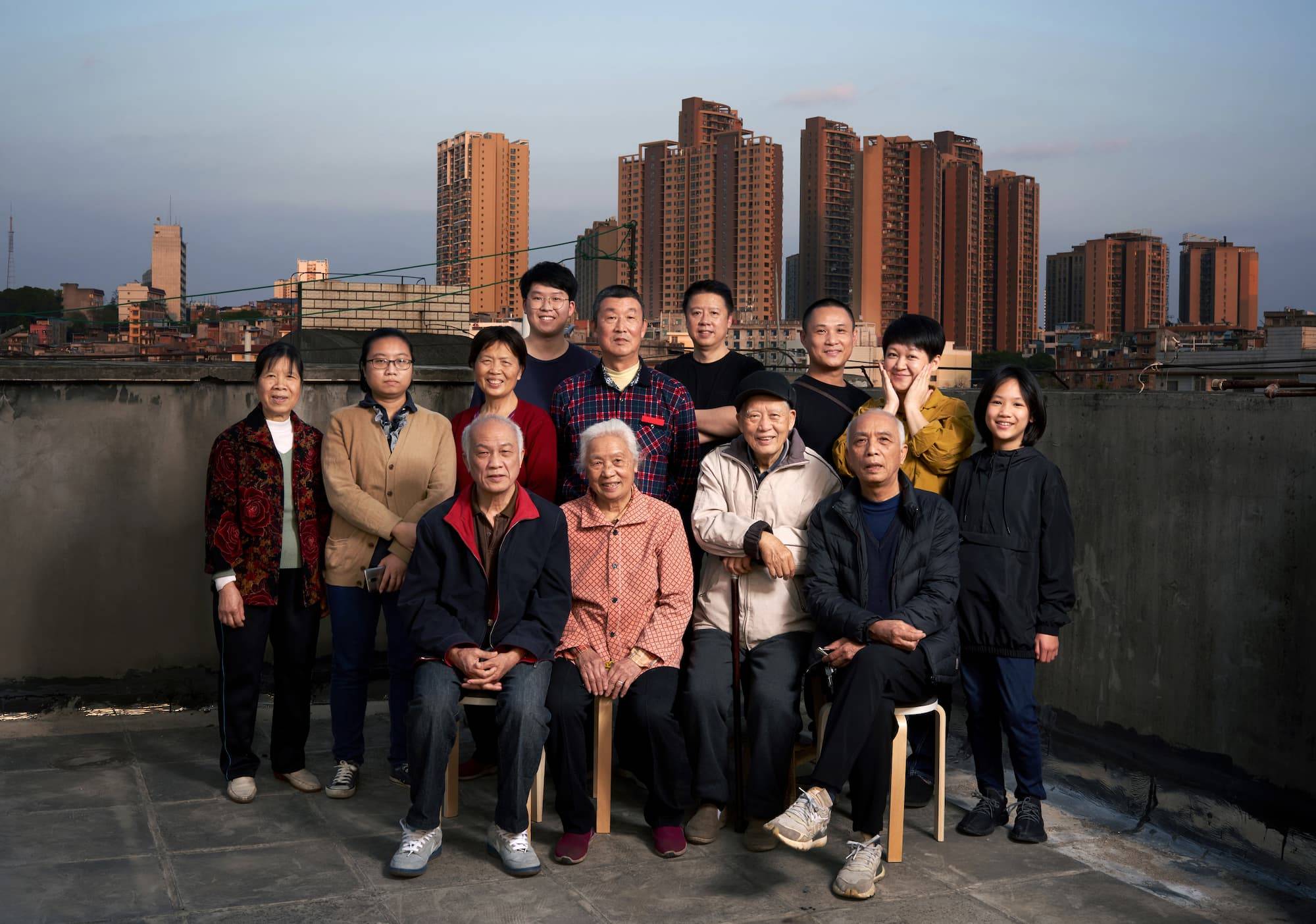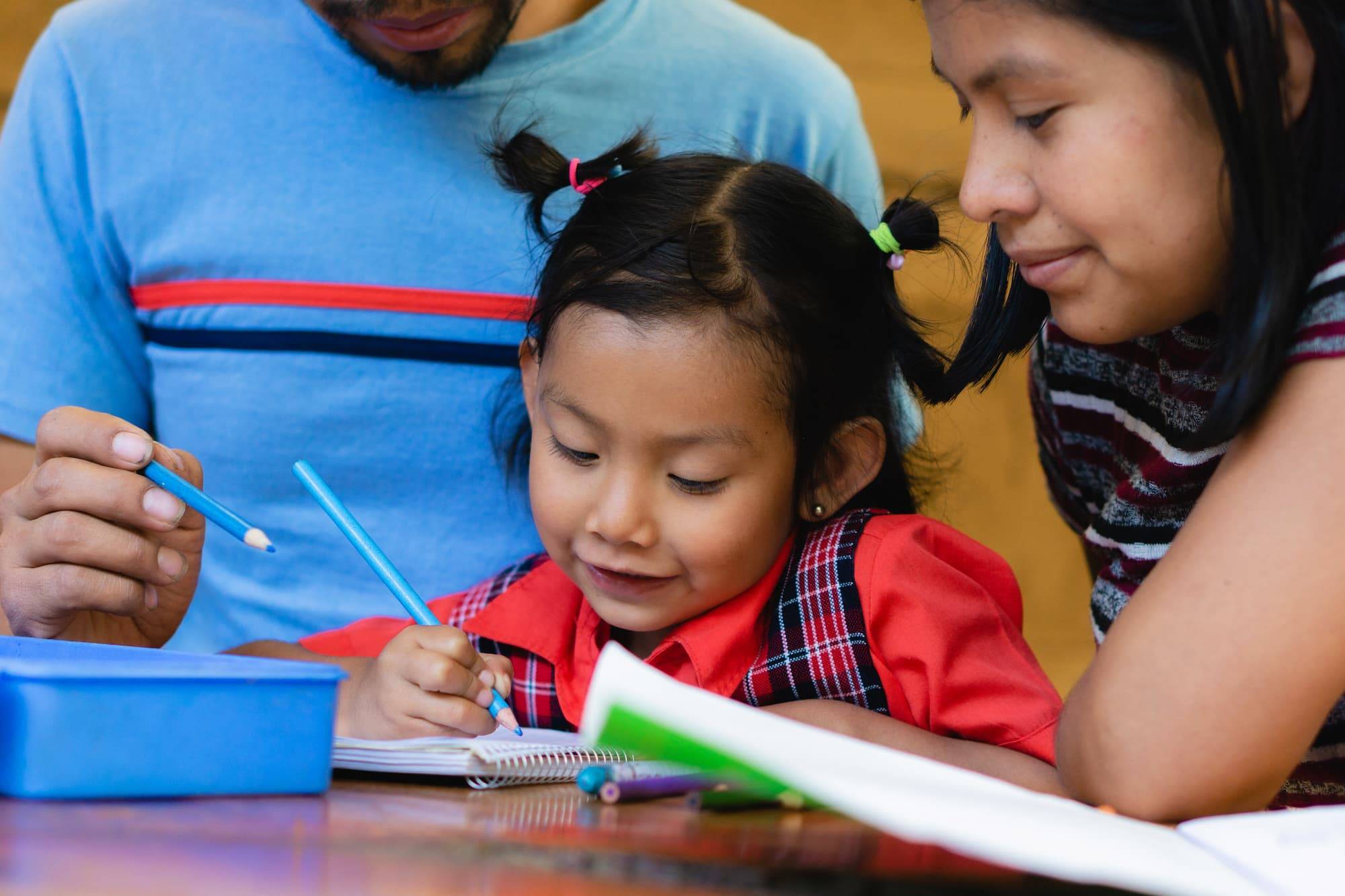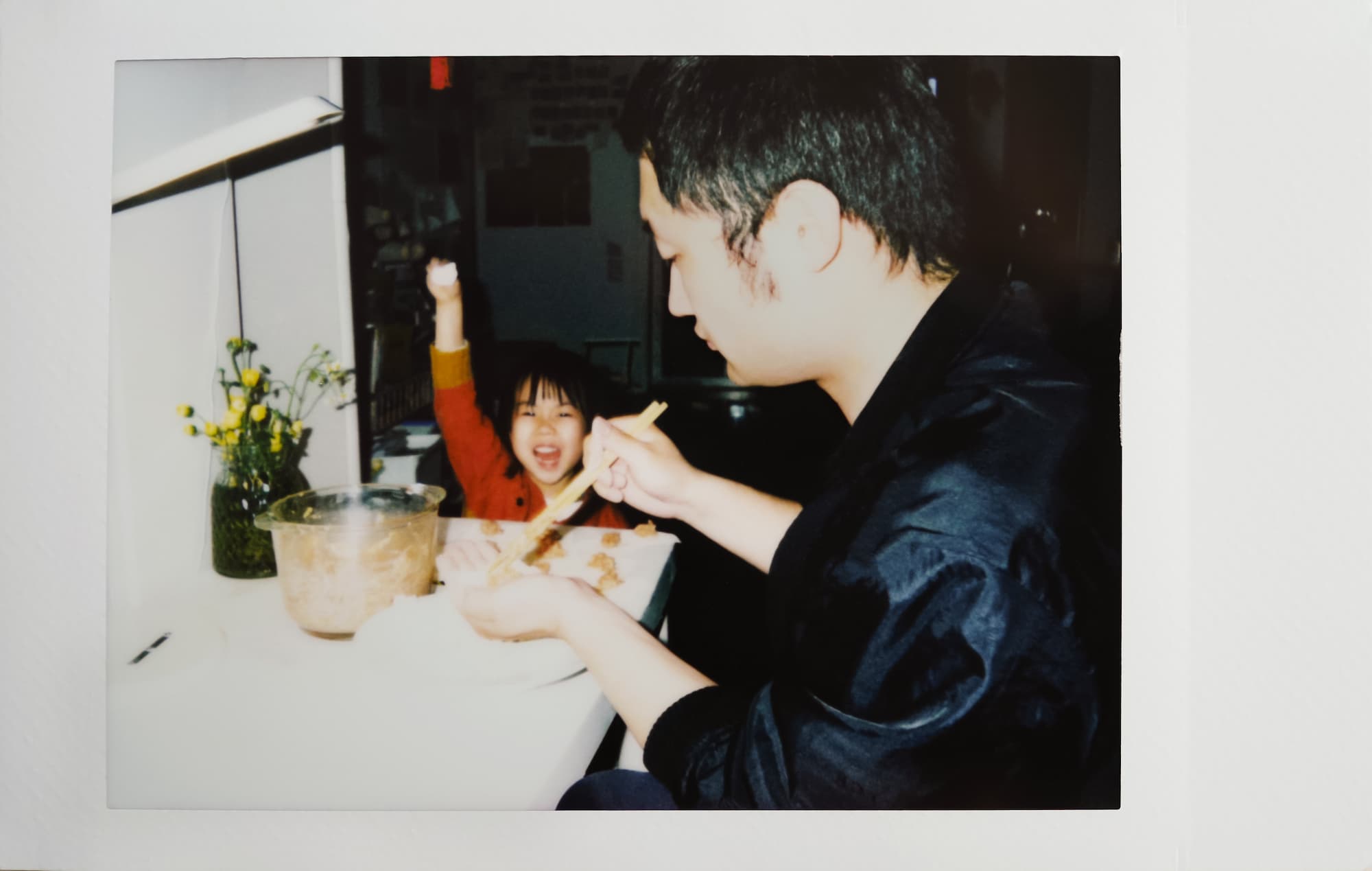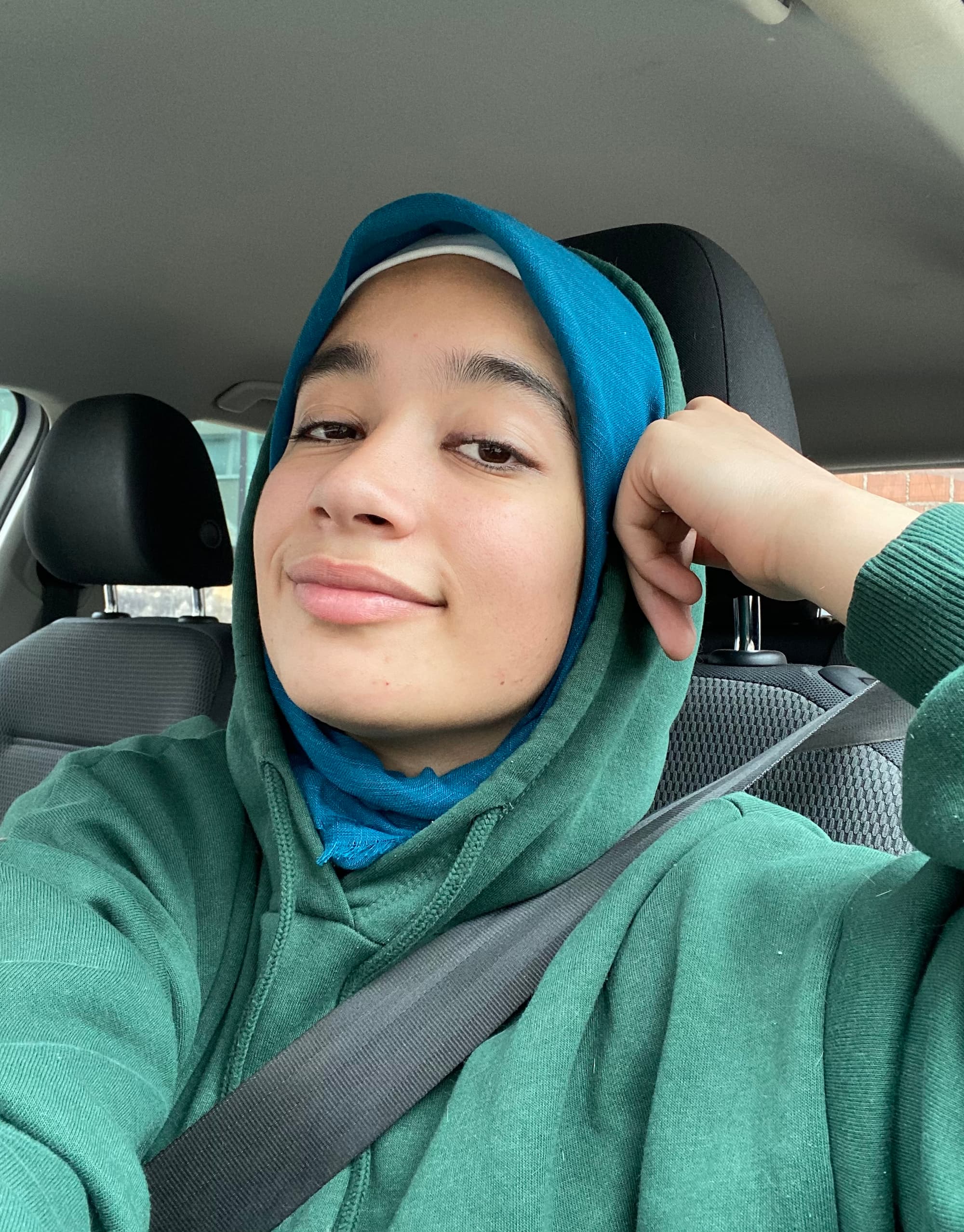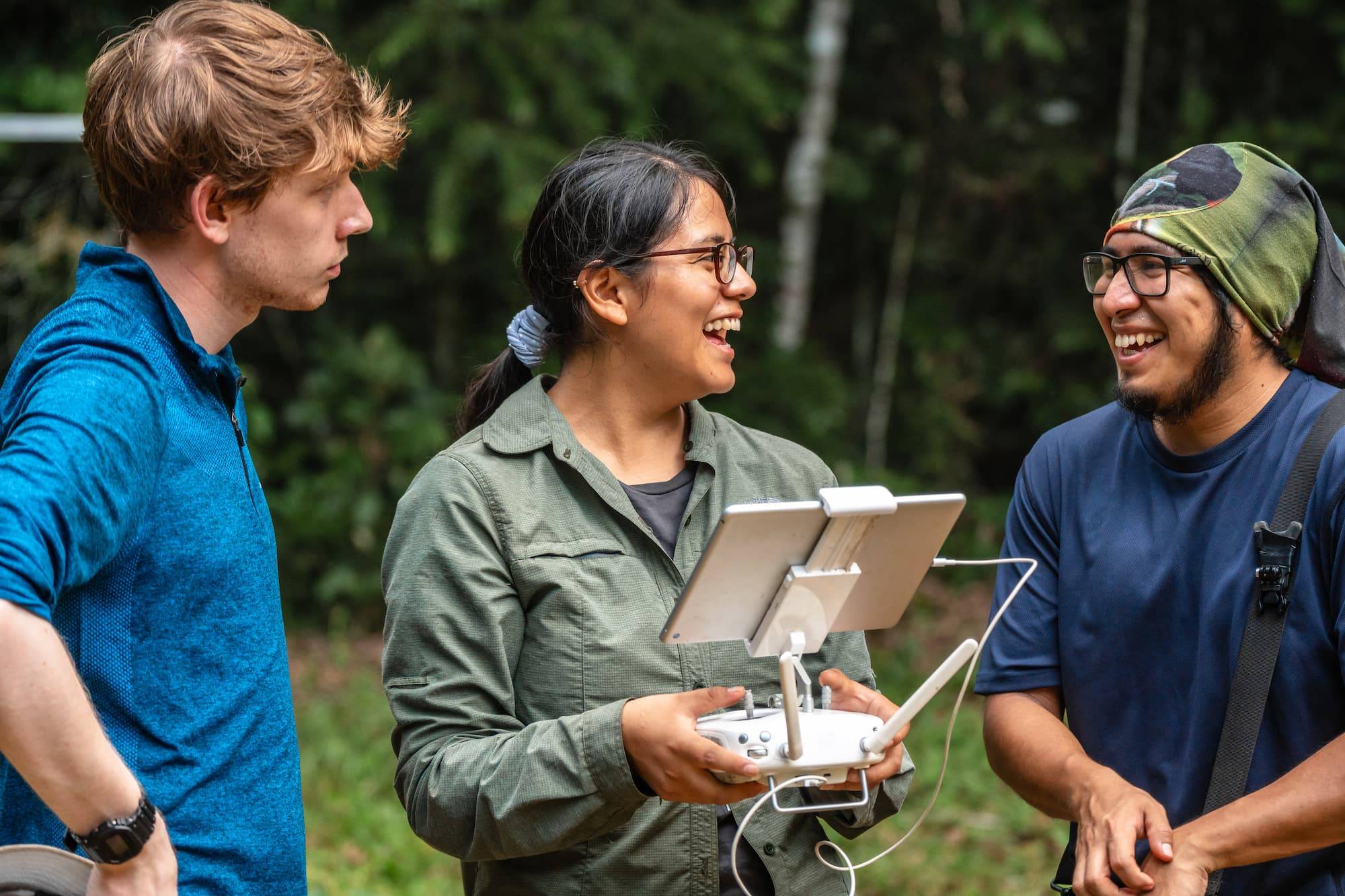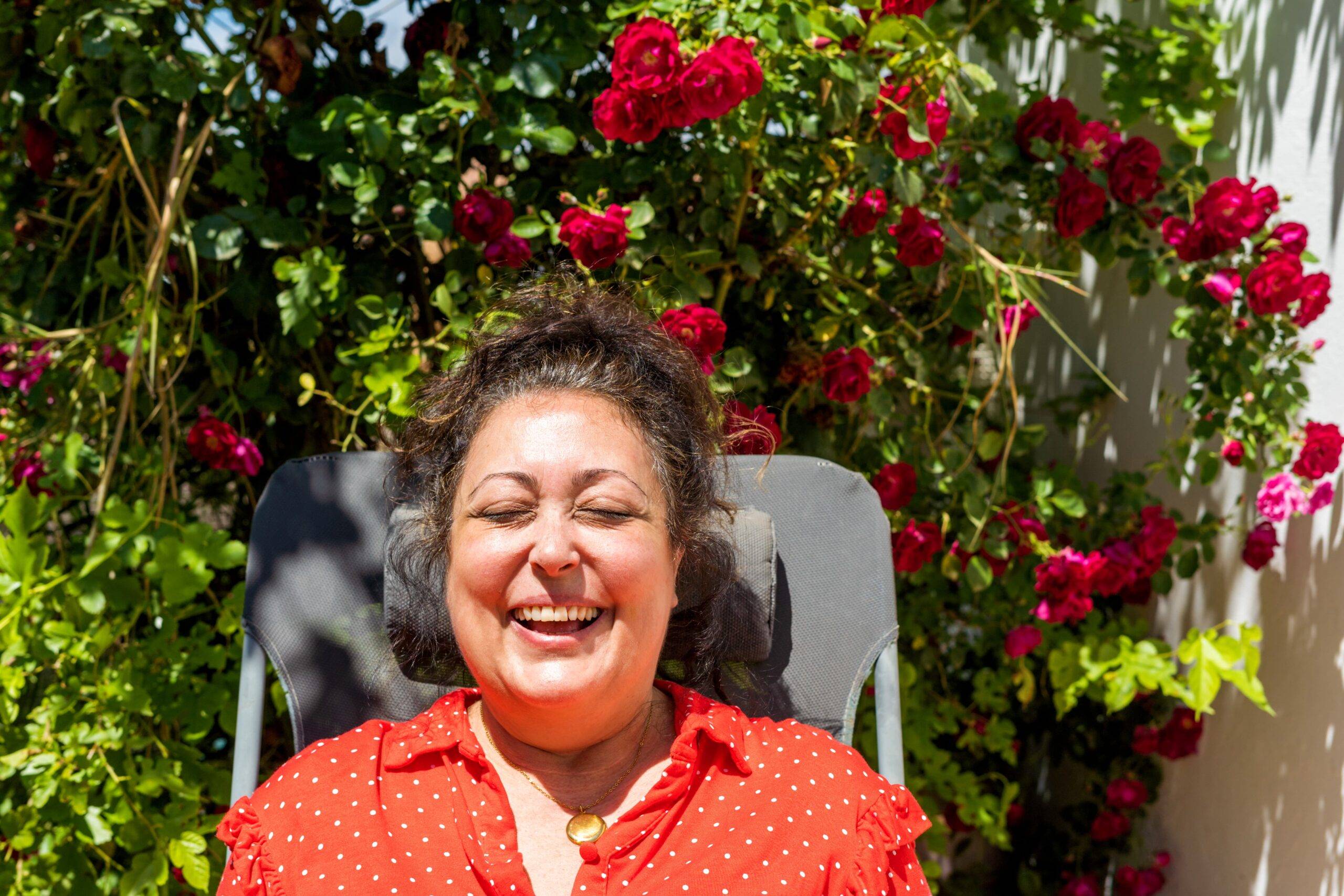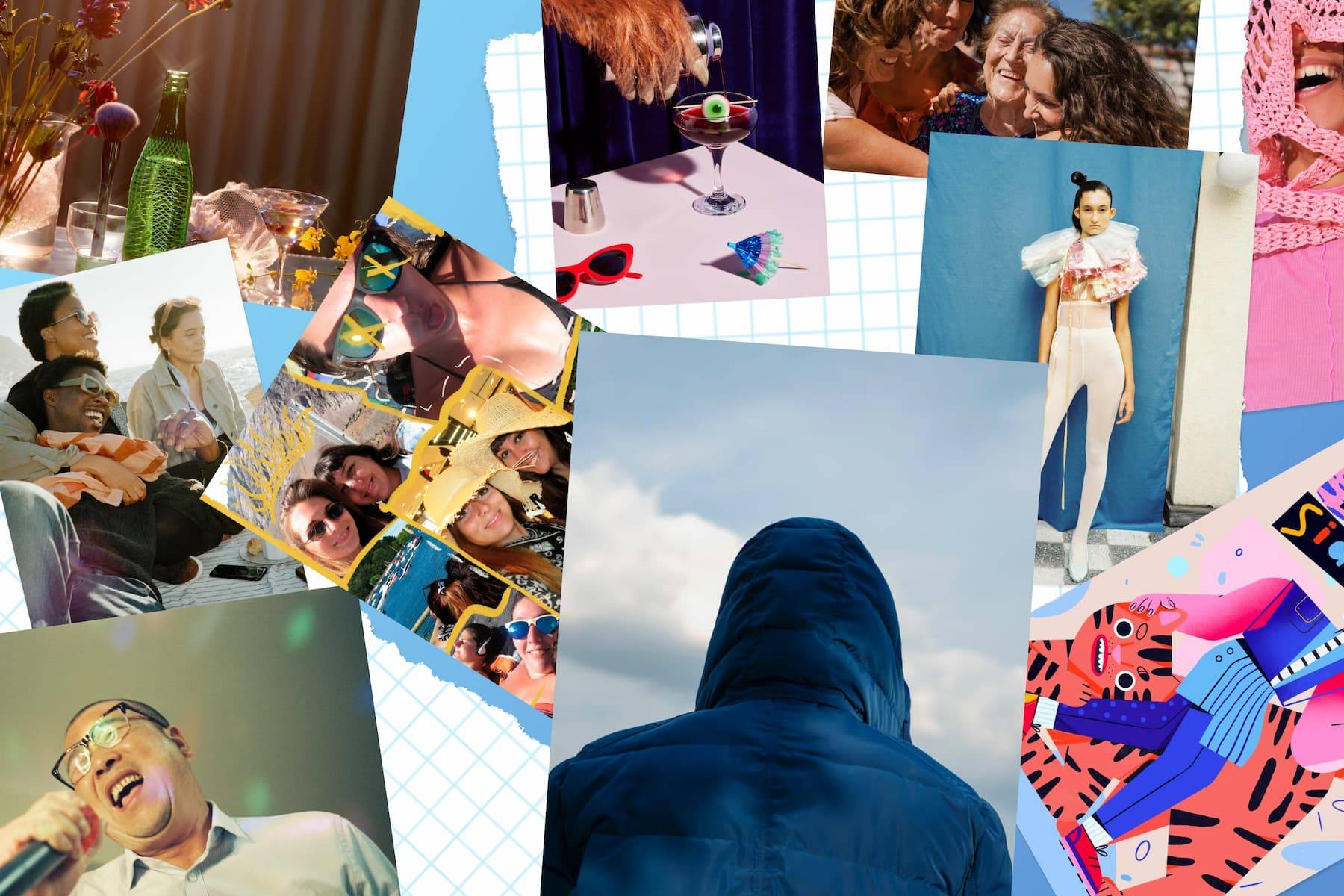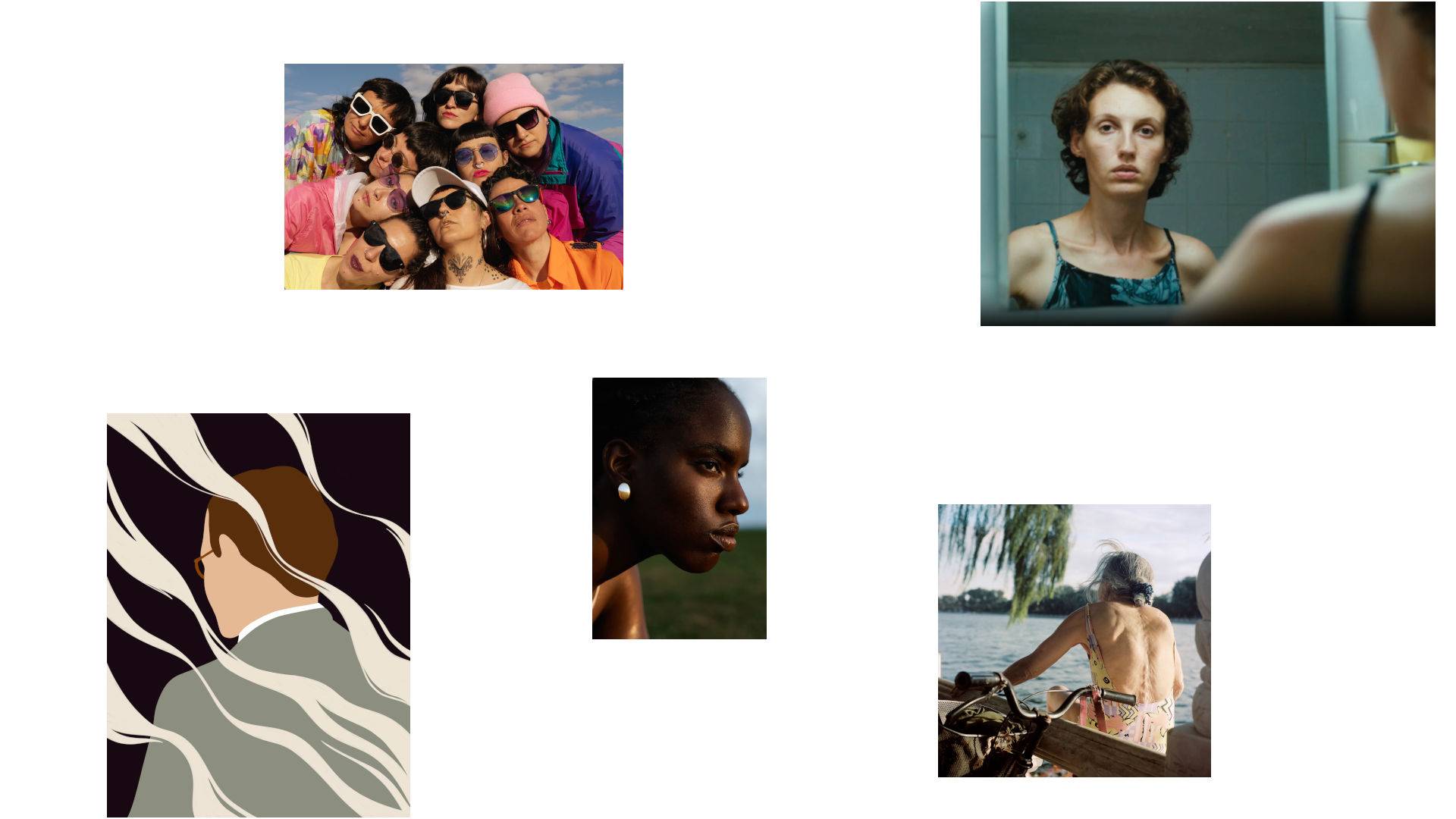In the past, authentic stock photography was a rarity, often lost amid the staged and artificial representations that defined the industry. Stocksy was founded to offer an alternative: genuine moments and real people’s lived experiences paired with high-quality imagery standards, creative integrity, and respect for artists. This pivot wasn’t just a change; it marked a departure from traditional practices. But the strides of the past don’t exempt anyone from the work required in the present. As the world keeps changing, our approach to our collection has to adapt as well. Everything must evolve.
Stocksy’s commitment to evolving and advancing diversity, equity, inclusion, and belonging (DEIB) in our stock media collection is an ongoing journey. In practice, DEIB means actively seeking authentic content, diversifying our community, developing content policies to inform curation practices, breaking financial barriers for creators, improving language inclusivity, and providing educational support to dismantle preconceived notions, broaden perspectives, and bridge gaps.
Stock media diversity in demand
We know that the populace, now more than ever, demands content that resonates with the richness of human experience, and stock media buyers know that, too. Diversity is the number one ask from our clients. And we’re not just talking about the tokenism and surface diversity checkboxes of the past — clients want content that reaches beyond a visual gesture (see: authentic stock media). They increasingly question the authenticity of models and creators when representing different abilities, identities, and communities. This is a welcome change that opens up a set of considerations surrounding how we ensure the accuracy of the content we license to meet client needs.
Portraying invisible minorities with diverse model casting
A core challenge in building a reflective and reflexive stock collection lies in promoting diversity beyond visual cues. Media creators of all kinds traditionally rely on stereotypes and shared impressions to speak to specific communities, but representation isn’t confined to appearances. Many minorities that are hidden still depend on dated visual devices and socially expected signals to reflect them in the media. This surface-level representation cements stereotypes and preconceived notions, failing to account for nuanced or unseen diversity markers.
At Stocksy, we encourage contributors to create stock media with real people doing real things — the real families and friends, real relationships, real workspaces, etc. that reflect the real world and are authentic by nature. This approach not only avoids caricatures of communities but also adds new perspectives from those lived experiences to the collection.
We do, however, understand that access and resources differ and that many series are created with hired models. When seeking models and actors, we encourage contributors to cast individuals who genuinely identify with the communities they represent. This approach is not only equitable and authentic but also better reflects subtle details and cultural elements that might otherwise be overlooked. Casting authentic talent also opens opportunities for those models and actors to offer insights and direction for the creators behind the camera. This approach ensures that the content maintains a high degree of fidelity to the real world, facilitating a more accurate and meaningful representation of diverse cultures and identities.
That said, we are mindful that we can only ask our contributors to expand so far beyond their scope of access. Geographical limitations and varied resources are realities we are aware of. We love that many of our contributors have a specific style and thrive in their area of expertise — we’d never want to take that from them in order to attempt something that doesn’t fit with their creative process or skillset. Authenticity also means knowing and setting creative boundaries. The challenge lies in striking the right balance between encouraging contributors to explore diverse perspectives and expanding the diversity of our contributor base.
Diversifying the contributor community
For modern stock media providers, one essential step to rectify a narrow representation scope is onboarding diverse creators from underrepresented communities. Models hired for stock media projects can be the faces of a diversifying world, but we also need to consider the influence the creators behind photos, videos, and illustrations have.
To diversify our community, we recognize that we can’t simply communicate stock media opportunities and the inclusive nature of our co-op and expect applications to come flooding in. To make active progress, we continuously seek out new creators to join the Stocksy community. We consider ethnicity, geography, gender, orientation, and ability, as well as factors like gaps in the collection, in-demand content, and co-op community alignment. This multifaceted approach ensures that we are not only diversifying the contributor base but are consciously inviting new members who we believe will find success at Stocksy.
We also have a referral program encouraging current contributors to nominate their friends and colleagues to apply to Stocksy. Many of our geographical regions have expanded markedly through the success of these programs; we now represent artists in 82 countries.
However, we can still do much more, as geography remains one of the only diversity indicators available to us. We’re currently discussing ways to collect contributor information and expand ethnicity, orientation, gender, and ability representation to increase the diversity of our member base and improve our collection.
Creative research access
We understand the increasing importance of authorial context and the needs of art buyers and brands to represent artists who identify with certain communities, cultures, and experiences. Our Content team is intimately familiar with the Stocksy collection and many of the creators behind it. From initial onboarding and on throughout their career with Stocksy, we provide support like portfolio feedback, metadata help, creative briefs, project assistance, and other resources, establishing close relationships with our contributors and their work. This gives our Creative Research team more context than can be gleaned from a public contributor bio or content metadata. Our Creative Research team can then provide the service of finding content that aligns with client DEIB needs, like finding creators from diverse backgrounds and providing avenues to access authentic visuals.
Anyone with a Stocksy account is welcome to videos, or illustrations in the Stocksy library. We also source visuals and create DEIB-centered galleries from creative briefs, brand identities, or ideas. Stocksy also now offers custom content – a collaborative process to create bespoke visuals that align with client vision and project needs. We’re here to help.” rel=”noopener” target=”_blank”>contact our team with questions about specific photos, videos, or illustrations in the Stocksy library. We also source visuals and create DEIB-centered galleries from creative briefs, brand identities, or ideas. Stocksy also now offers custom content – a collaborative process to create bespoke visuals that align with client vision and project needs. We’re here to help.
Content policy and curation practice
In our day-to-day operations of managing and curating the Stocksy collection, we often encounter ethical, artistic, and subjective decision-making scenarios. These decisions are arrived at through cross-functional teamwork and individual discretion. Consequently, the development of our content policy was driven by the necessity to establish a set of fundamental principles to guide our actions.
Shaping our content policy began with comprehensive research to grasp the significance of creative expression and innovation in stock media. We needed to recognize our pivotal role in supporting creative production across all levels while preserving the authenticity and artistic integrity of our collection.
Motivated by the need for new perspectives, we drew inspiration from the collection development and management policies of curatorial institutions outside of our industry. By considering their community-driven principles, we formulated a policy that not only upholds high standards for quality, inclusivity, and innovation but also ensures that our collection continuously adapts to remain relevant to a diverse clientele and is equitable to a varied community of artists.
Breaking stock media financial barriers
Reality check: camera equipment is prohibitively expensive for many creators and prospective artists. By giving attention to those barriers to entry, we encourage less formal content creation methods, including analog film photography and video, and more accessible tools like smartphones. User-generated content (UGC) is in demand and offers a great way to integrate more raw, real-life stock media visuals into a collection of conceptual and high-production quality content.
We also don’t discriminate when it comes to illustration mediums. Expensive design programs and tools are not requirements for contributing to Stocksy. However, our artists want to create their work is within their control.
By facilitating varied content creation methods, we hope to open doors for a more diverse pool of creators and more opportunities for unique, of-the-moment content.
Improving language inclusivity and accessibility
As the collection expands into more global communities, we are mindful of the barriers that come with language and translation. We are working on collecting more information on languages spoken by our contributors so we can match them with team members with shared language proficiencies.
Another avenue we’re exploring on the language front is the potential of machine learning models to streamline the metadata process for contributors. Our members currently tag all their assets themselves, which can make for a heavy process, cause difficulties with language barriers, and create confusion around best practices. We are working on removing those barriers with AI machine learning tools for more equitable and accessible workflows. By making metadata more accessible, we aim to reduce the burden on creators and ensure that content remains discoverable.
Currently, we have an actual human Metadata Specialist who supports our contributors and the collection by developing policies and best practices and working one-on-one with individual creators. As a result of these efforts, we flagged thousands of keywords and assets for removal. We also investigated unique searches to identify potentially problematic terms and created policies for these terms to better support our community and collection.
Providing education and building community
We are and have always been a co-op — meaning that Stocksy is owned by its creators, employees, and board members (some of which are all three), and every voice has the agency to make change and direct the evolution of the business. It also means that we are always reevaluating and updating our community-building strategy to encourage active participation and collaboration among members. Improved forums, communication policies, and avenues for information sharing only enhance our collection through collective inspiration and support.
We also are dedicated to offering guidance through the avenues of various education materials and individual support. We provide regular creative briefs, trend analyses, and webinars to educate and support contributors in creating content that aligns with our values and DEIB principles. We offer mentorship to assist creators, review content submissions, and constantly explore new ways to support established and emerging artists with personalized editor feedback.
Always evolving
In essence, DEIB isn’t just a principle — it’s the compass guiding us towards a more inclusive and reflective future. Our commitment to evolving our progressive collection is unwavering, and we look forward to continuing this journey with our community.
Interested in how to foster DEIB in your visual work? Have ideas about how to evolve the collection? Want to just talk to us? We’d love to.







